Proteins, the building blocks of life
In the article, Stefan Peter explains what proteins are, what they are needed for and which proteins are the best.
Proteins consist of amino acids
Proteins are made up of amino acids. The human body contains 20 amino acids, called proteinogenic amino acids. Eight of these are essential, meaning they cannot be synthesized from other molecules in the body and must therefore be ingested through food. These amino acids are called isoleucine, leucine, lysine, methionine, phenylalanine, threonine, tryptophan, and valine. The other non-essential amino acids, however, can be produced by the body itself. Most human proteins consist of 100–500 amino acids, called structures. There are various structures in different arrangements, which can be imagined as a "ball of wool." During digestion, these "balls of wool" are pulled apart, reduced in size, and broken down. This process is called denaturation. Therefore, proteins take longer to digest than carbohydrates, for example, which can be absorbed very quickly by the body.
The digestion of proteins
After absorption—the process by which digested nutrients are absorbed from the gastrointestinal tract into the blood—the proteins travel via the portal vein to the liver. There, they are used in various ways within the body as needed. The building blocks of life, as proteins are also called, are found throughout the body: in muscles, tendons, ligaments, blood, etc., and function in muscle growth, regeneration, as enzymes, hormones, cell membranes, and can even be converted into glucose if this source becomes scarce.
The best protein
Proteins are differentiated by their biological value. Not all proteins can be processed equally well in the body. The biological value of protein describes the quality of the protein, which differs depending on its origin and the amino acids present. To compare proteins, the "biological value" is determined. This indicates how well the protein can be converted into the body's own protein. The whole egg was arbitrarily set at 1 (or 100) as a reference value. If a dietary protein can be processed better in the body than egg protein, the value is higher than 100.
The biological value of protein can be further increased by combining foods. By combining animal and plant proteins, for example, the amino acid composition can be supplemented and thus enhanced. Of plant-based foods, the combination of legumes and corn has the highest biological value. Among animal-based foods, chicken eggs and whey protein top the list with a value of 106. This means that there is no single best protein; rather, the combination of different foods enhances the food.
The importance of proteins in sports
Unlike carbohydrates, which are stored in the form of glycogen, protein storage is limited. Small amounts are found in blood plasma and muscle fibers. Regular protein intake through a balanced diet is essential for the body to be able to draw on protein from food. Protein should ideally be distributed throughout main meals. An additional portion immediately after training and—if digestion allows—one before bedtime round out the optimal intake. Although this may sound surprising, the increased protein requirement is just as great in endurance sports as it is in strength training.
The normal protein requirement is about 1 g per kg of body weight. Athletes and recreational athletes require significantly more. The range is from 1.2 to 2 g. This means that an athlete with a body weight of 70 kg should consume 85 to 140 g of protein per day. Consuming much more protein is pointless and is excreted by the kidneys via urine.
If you engage in intense exercise (endurance or strength training), you should ensure increased protein intake through optimal nutrition, especially at the end of training to ensure rapid recovery. Combining carbohydrate intake after a competition or an intense workout with protein-rich foods will significantly improve carbohydrate storage. Ideally, carbohydrate intake should occur within 30 minutes of the end of the training session.
Many recovery drinks are perfectly formulated and have a protein-to-carbohydrate ratio of about 1:3 to 1:5, which allows you to consume an optimally high amount of both carbohydrates and protein.
Degradation of proteins
Which proteins are broken down more quickly depends on the type of physical performance. During strength training, for example, more structural protein is broken down in the muscles. During endurance training, it is other muscle proteins. The rebuilding process that follows breakdown can be improved by increasing protein intake. However, this does not require large amounts of protein; rather, it must be consumed at the right time. A small note: If the total daily calorie requirement is not met, muscle growth cannot occur. More protein is therefore also necessary in endurance sports and strength training. In endurance sports, however, more protein does not lead to a (significant) increase in muscle mass, as is the case in strength training, but ultimately contributes to improved endurance performance. If you want to specifically push the boundaries of muscle growth, animal proteins are better than plant proteins, with whey protein being the favorite among animal proteins.
In summary
- Proteins consist of amino acids
- There are essential and non-essential amino acids
- There are plant and animal proteins
- The biological value optimizes absorption in the body
- Protein intake is ideally distributed over the main meals
- The need for protein in endurance sports and strength training is increased
- Ideally, immediately after an intensive training session, refuel with proteins, together with carbohydrates


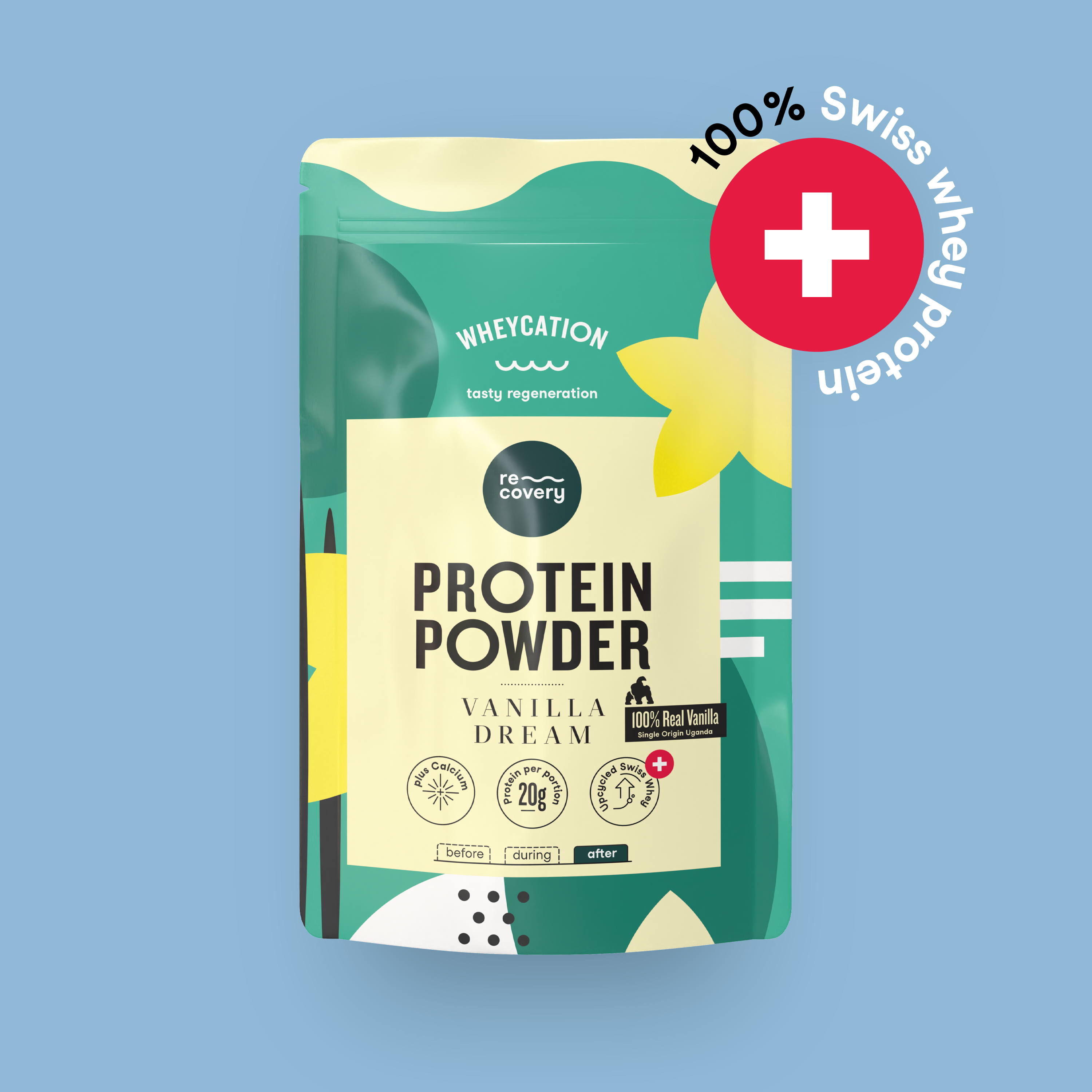


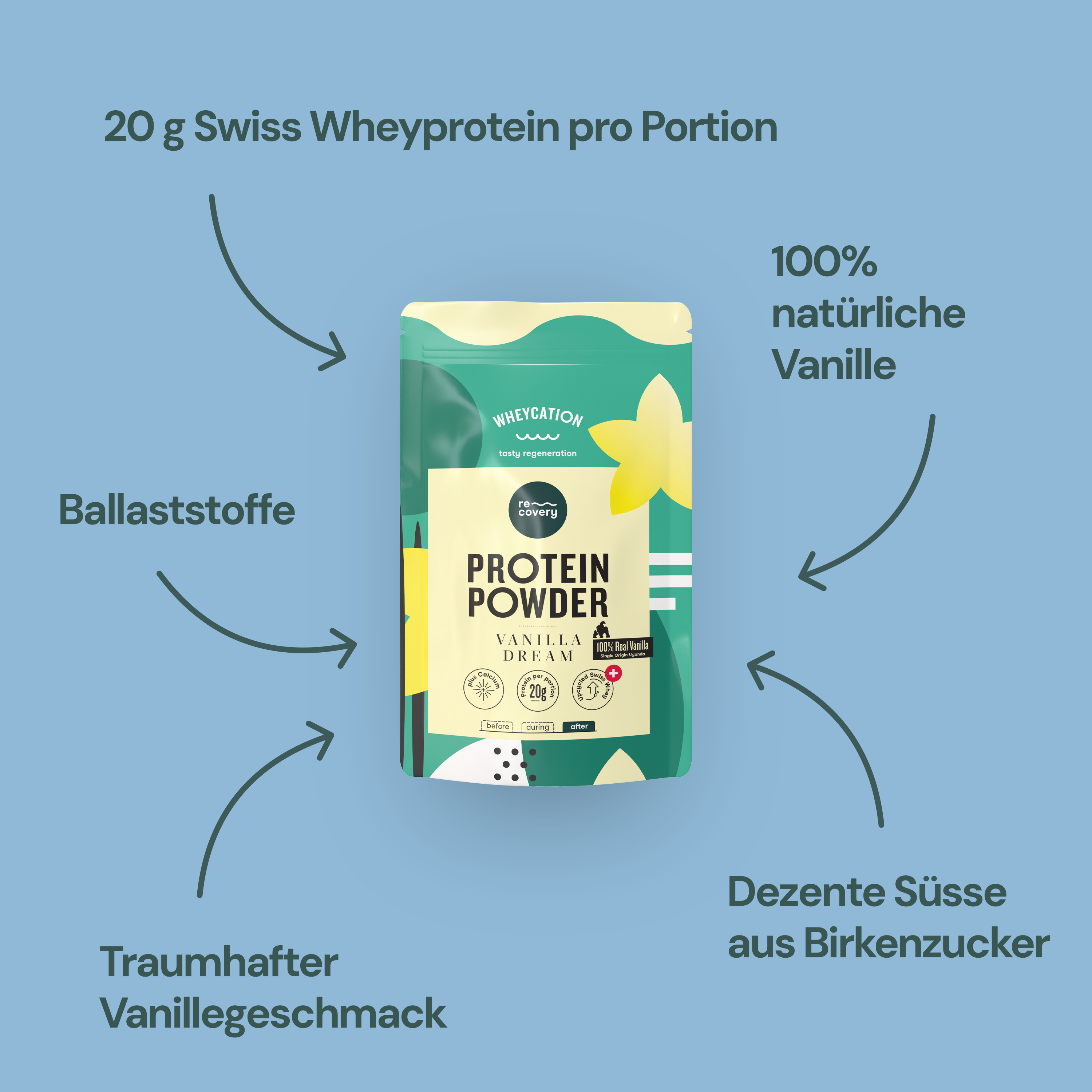
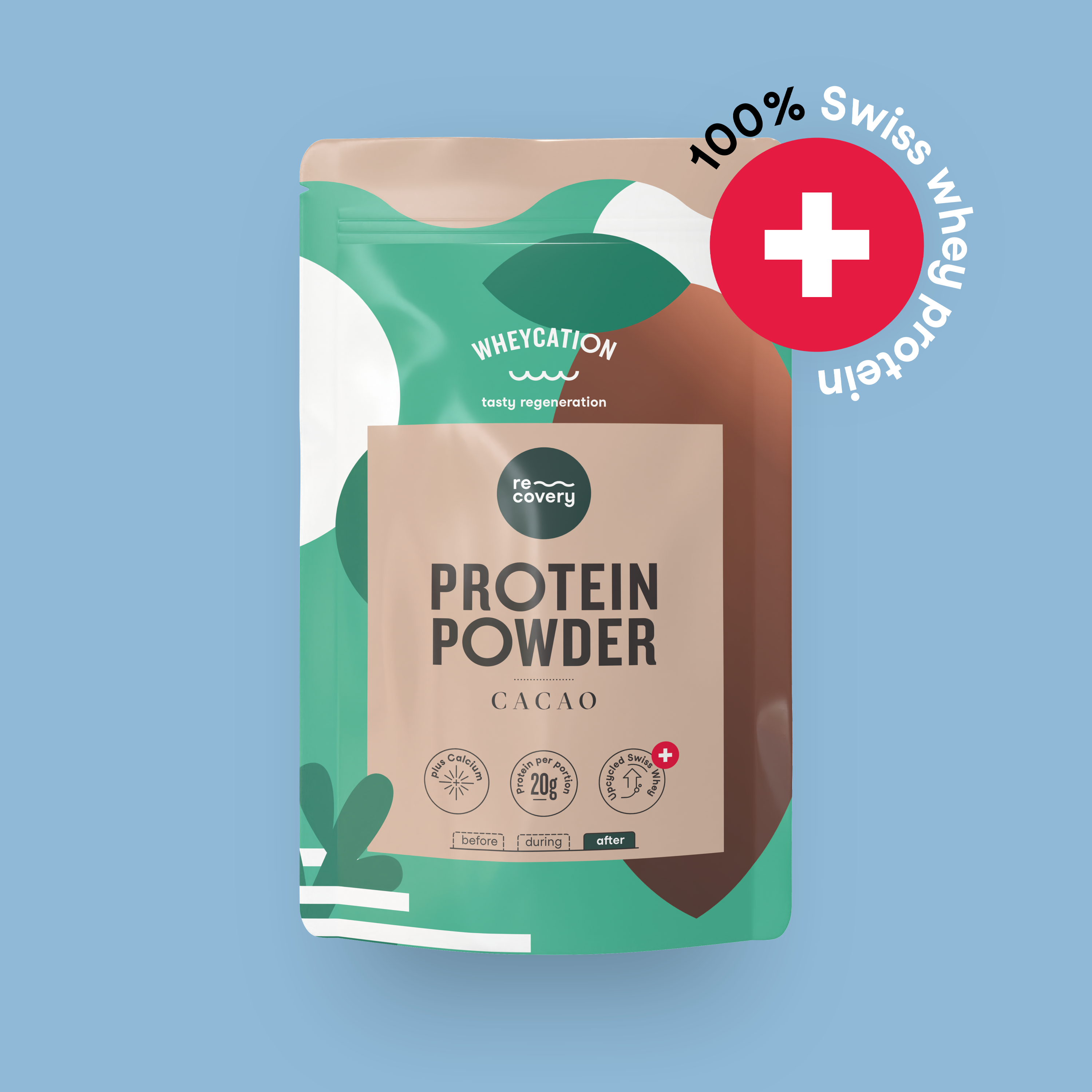

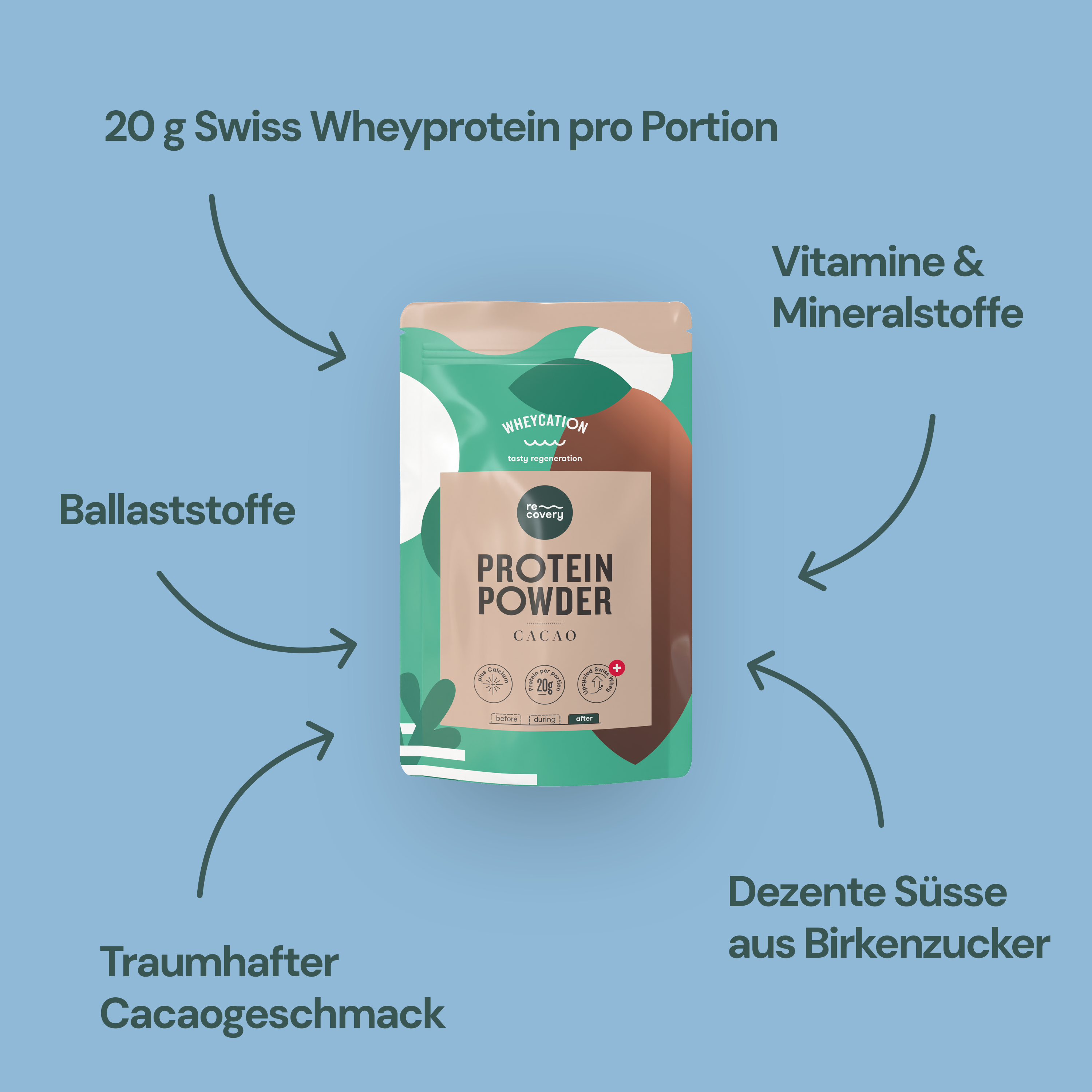

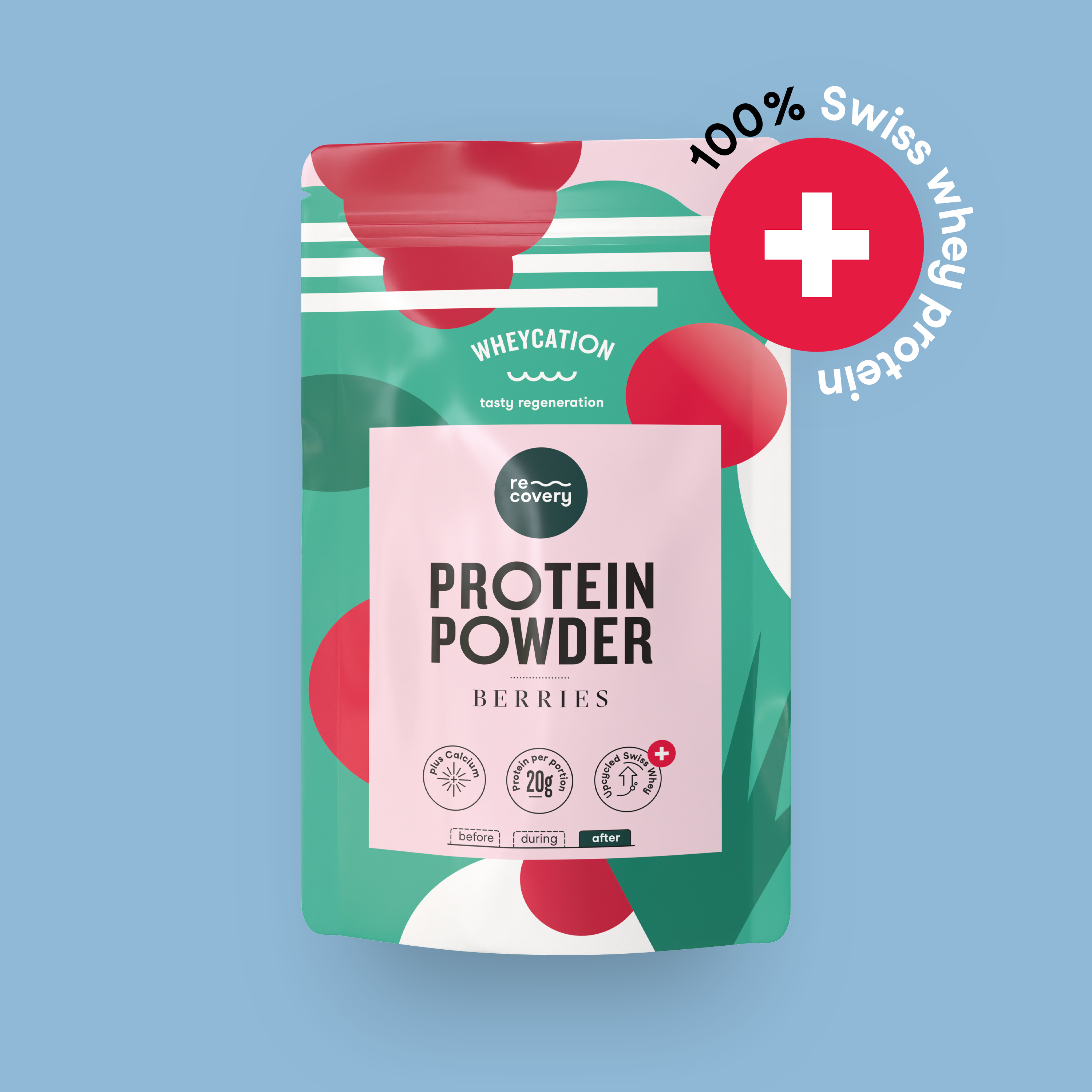
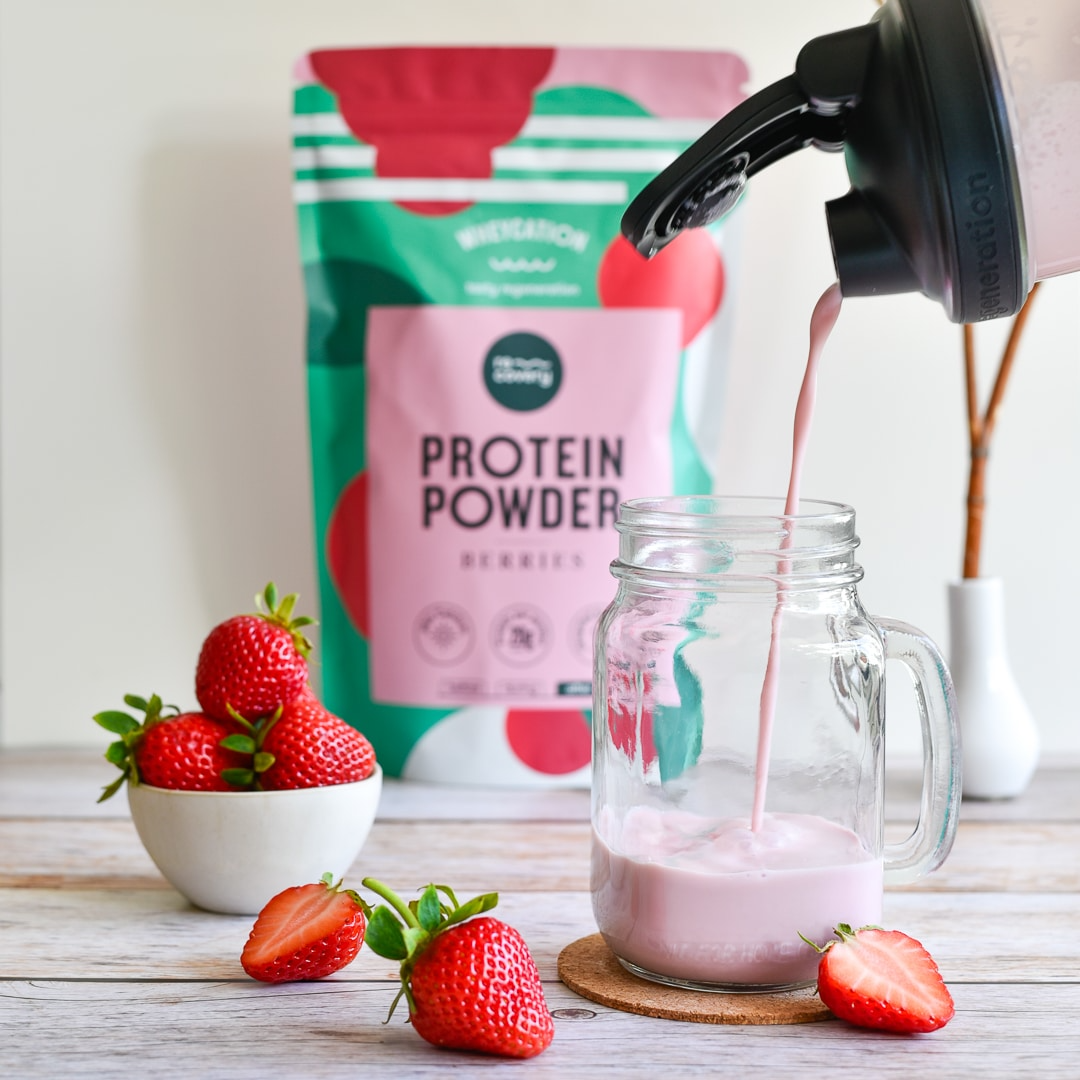

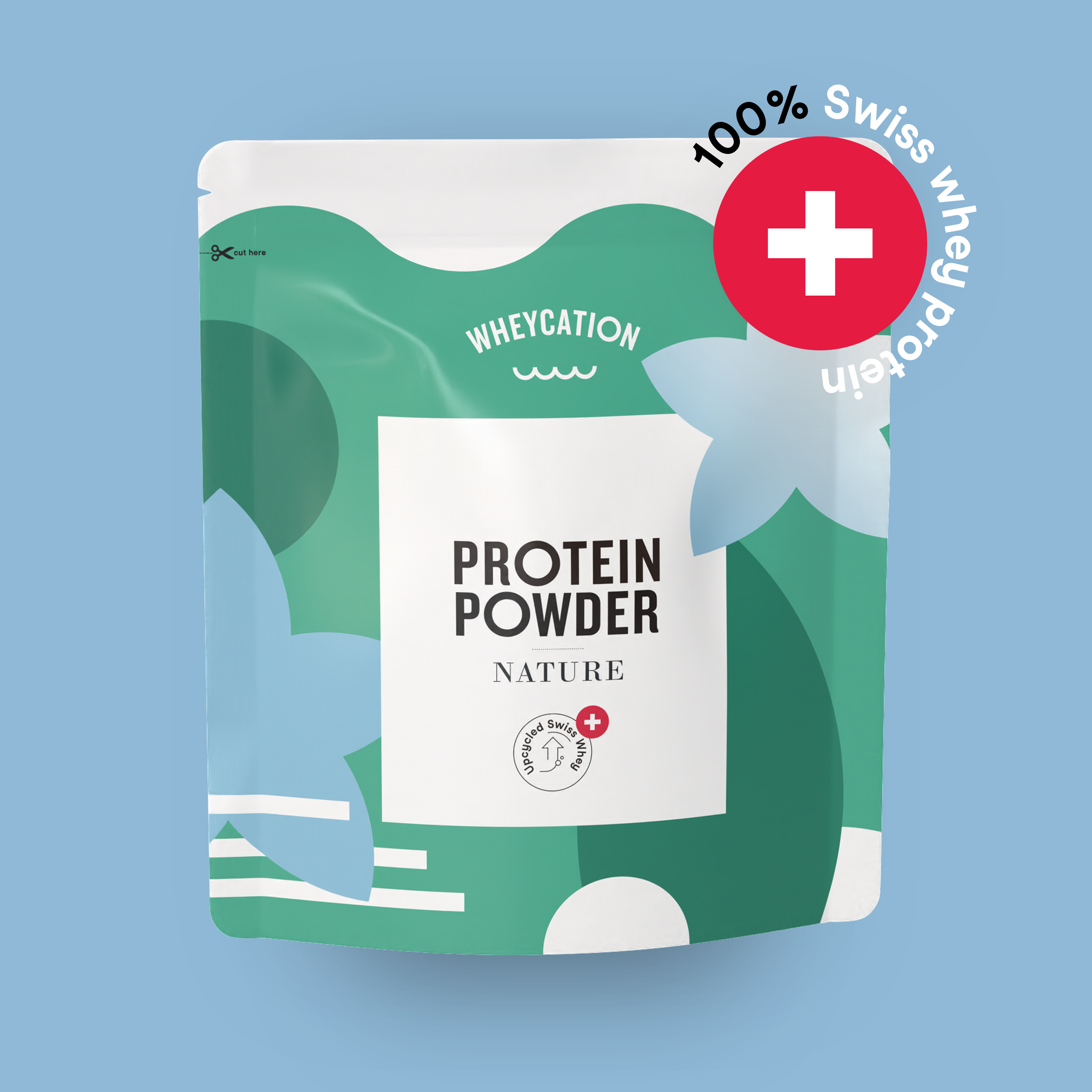
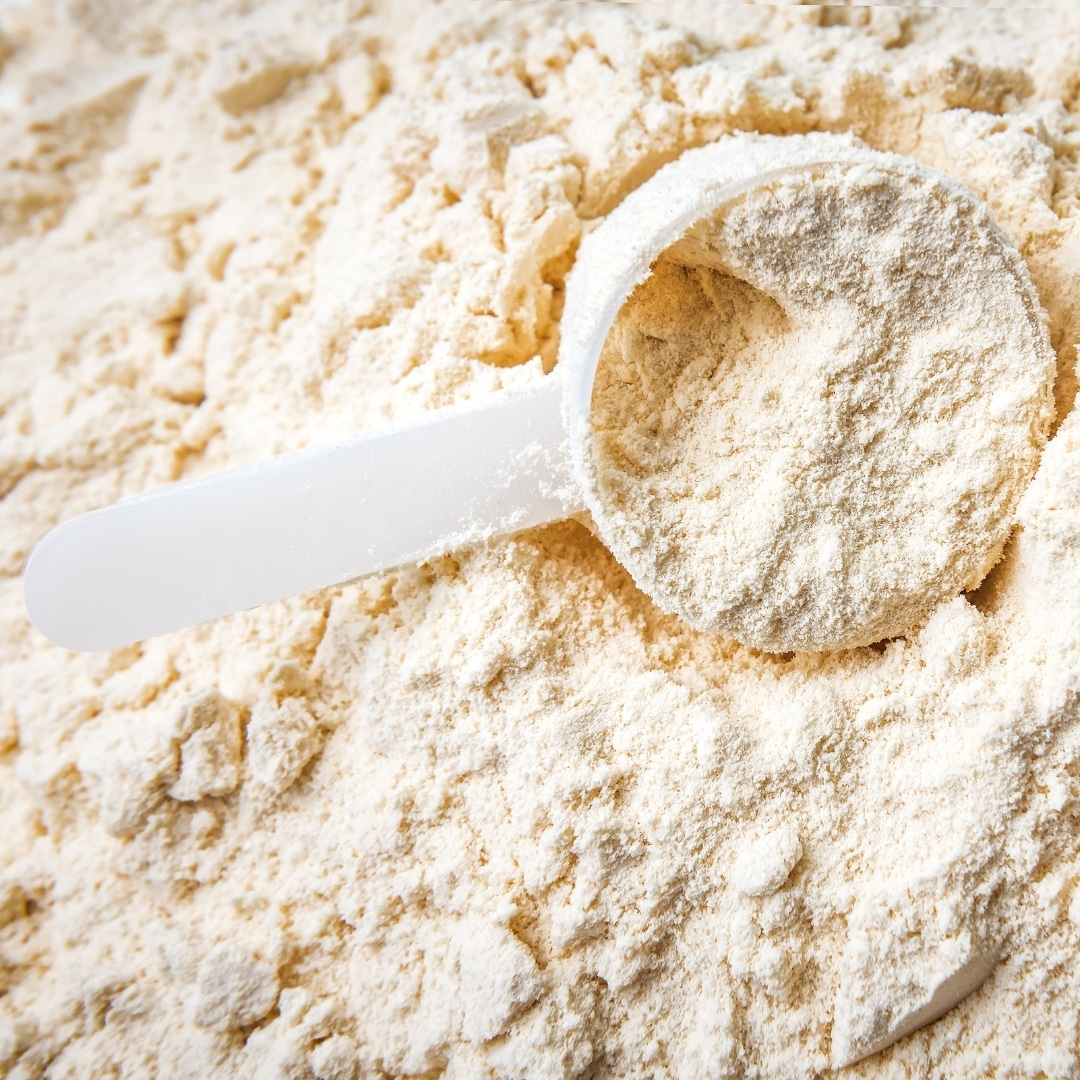
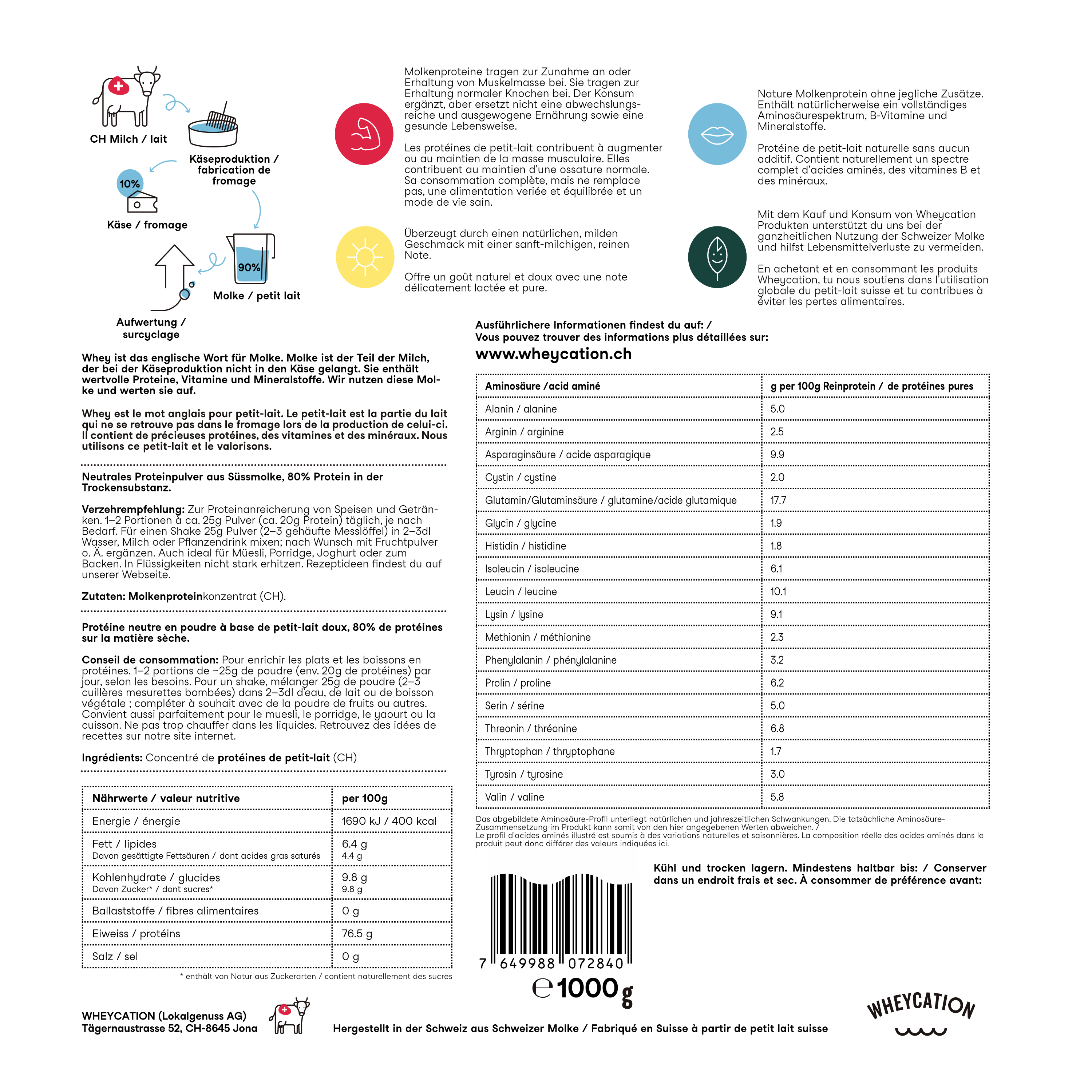
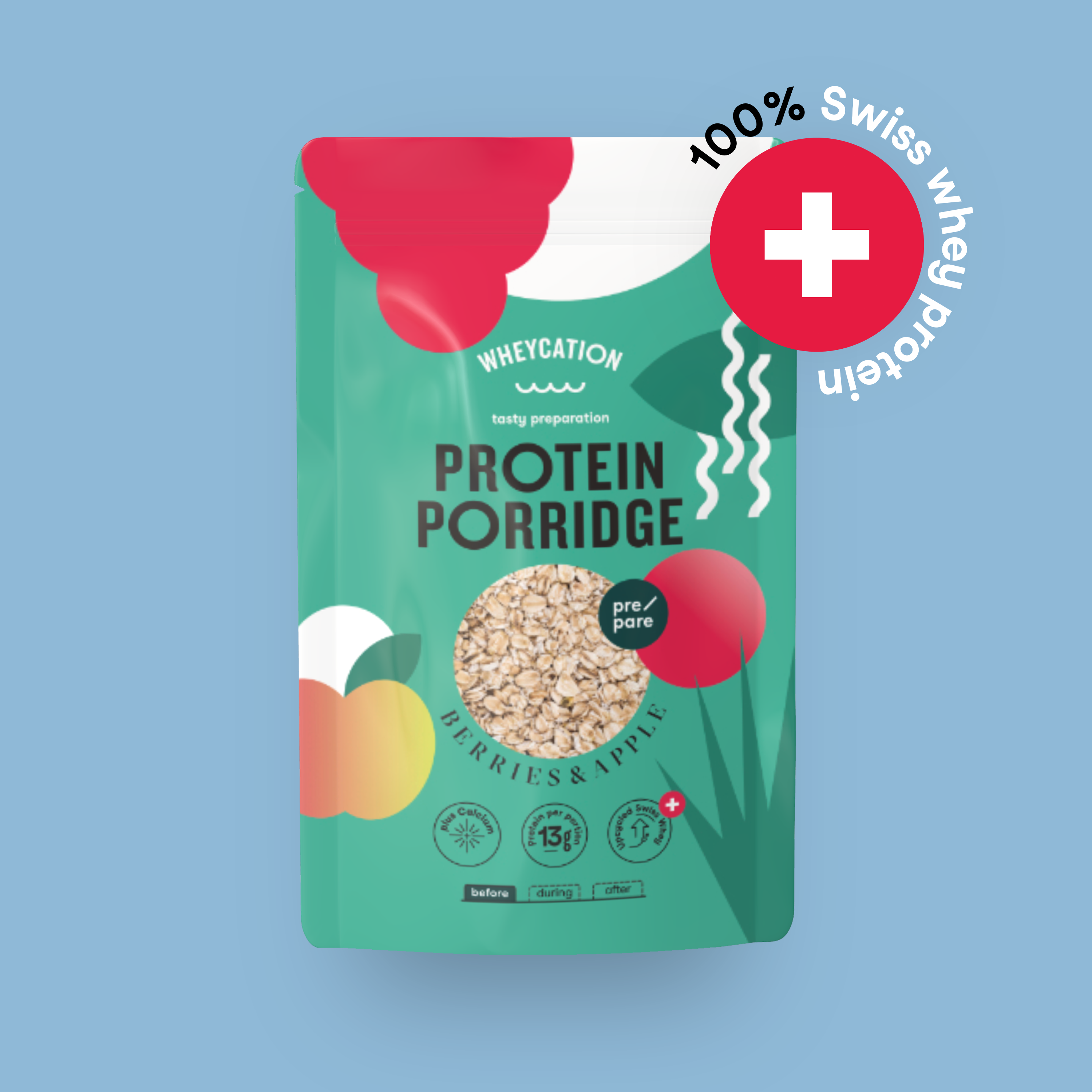
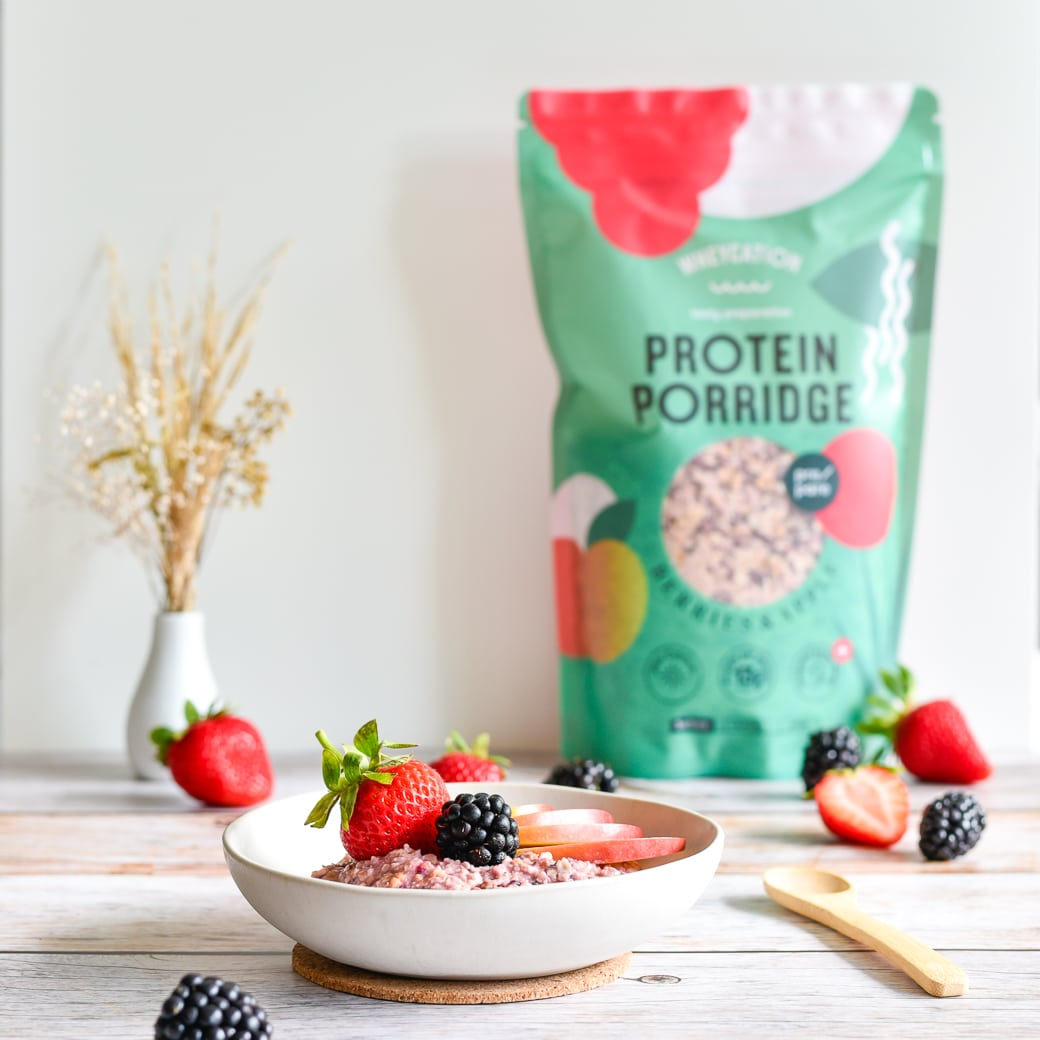

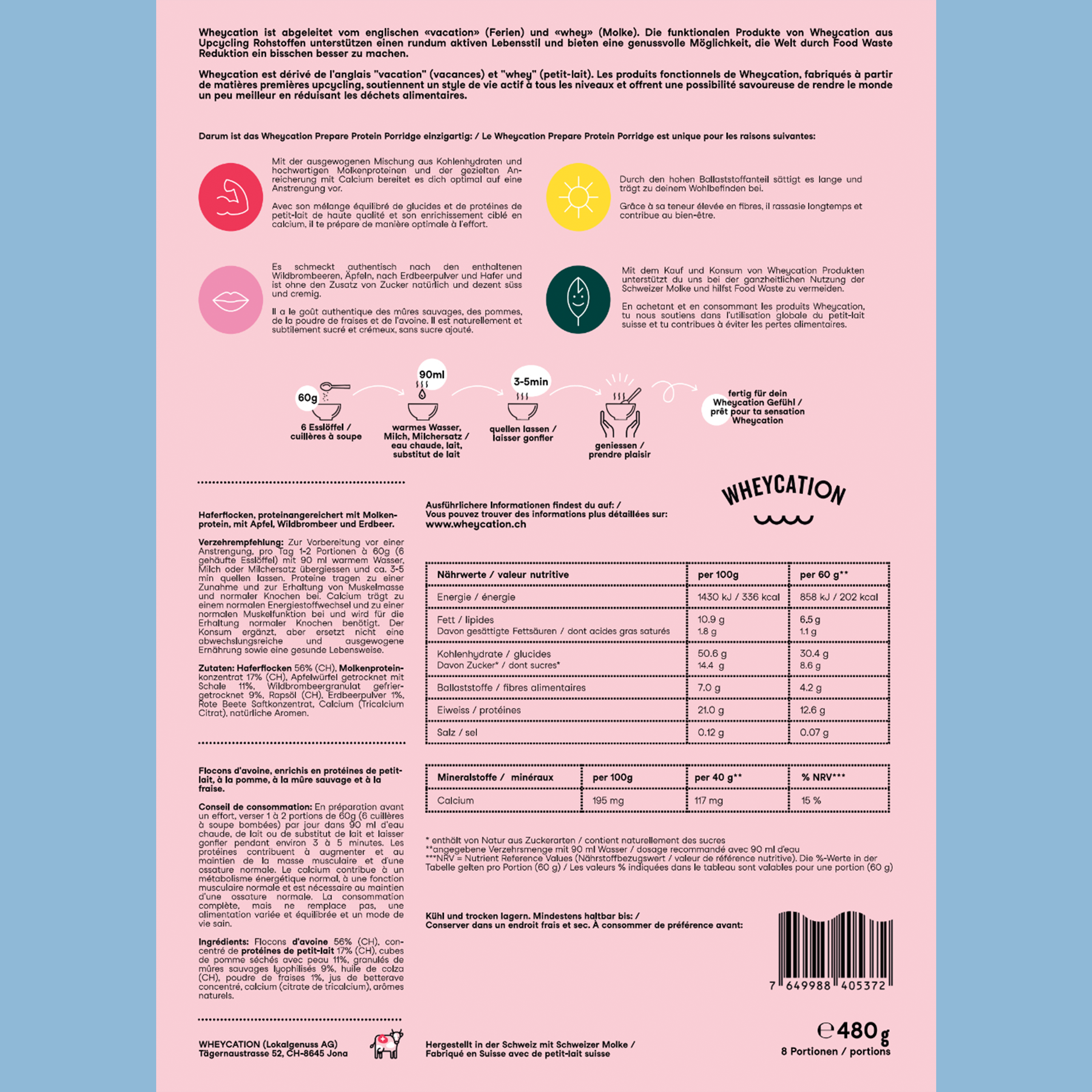
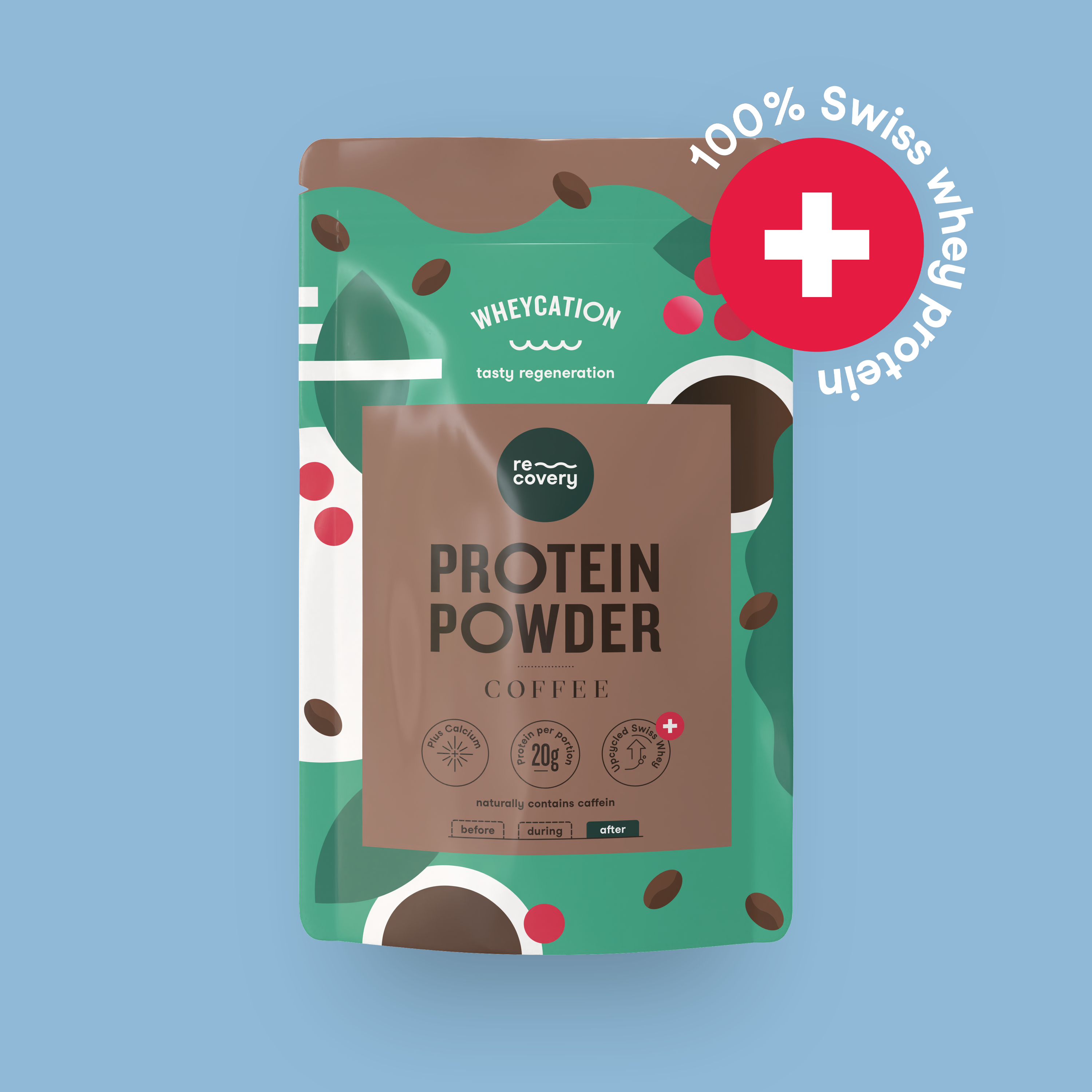
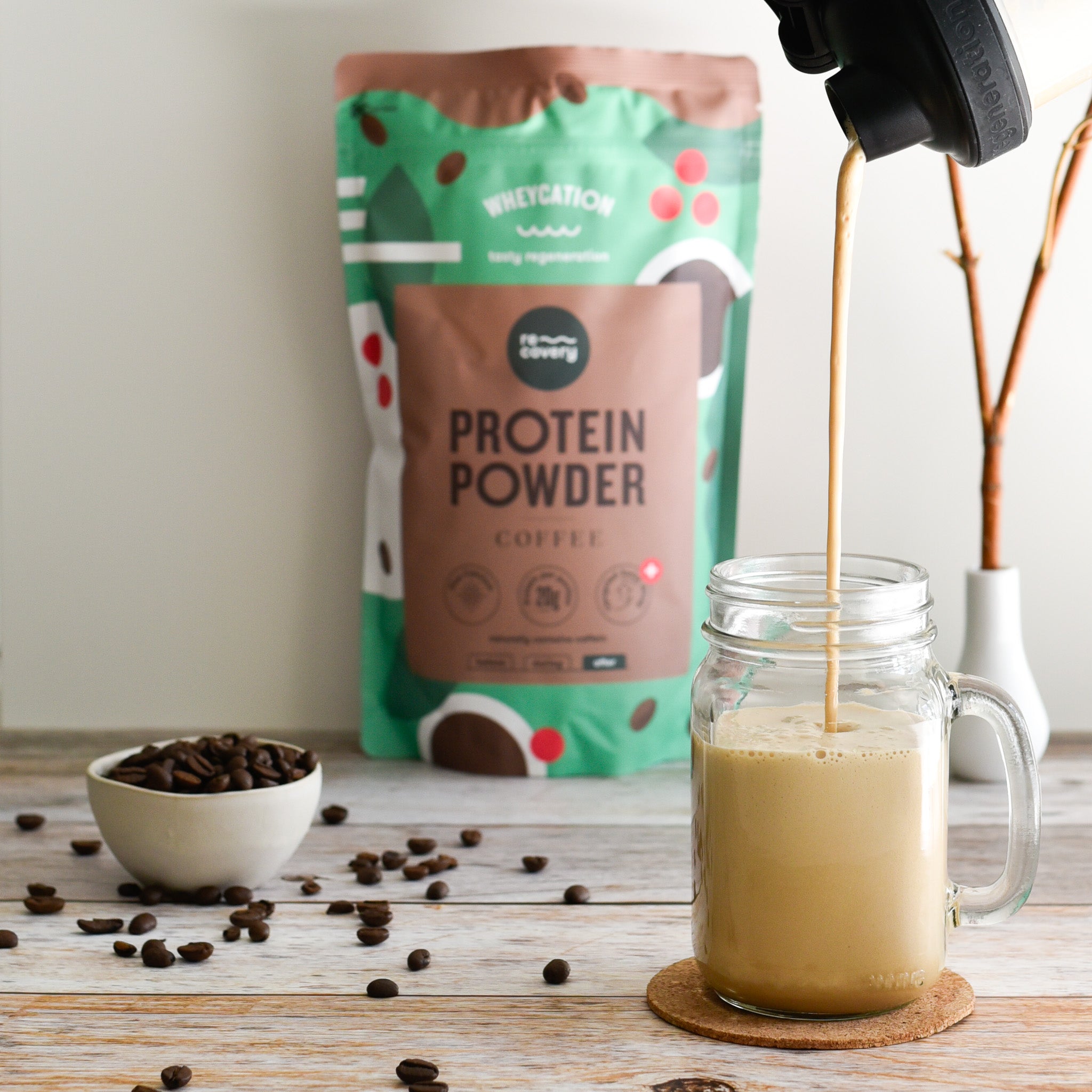




Split: